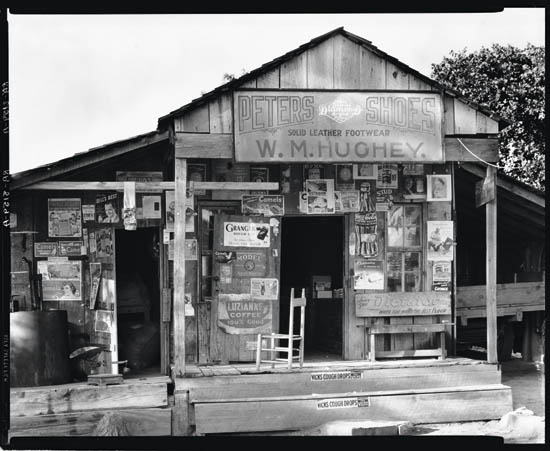Sale 2208 - Lot 28
Unsold
Estimate: $ 15,000 - $ 25,000


Aliquam vulputate ornare congue. Vestibulum maximus, libero in placerat faucibus, risus nisl molestie massa, ut maximus metus lectus vel lorem.